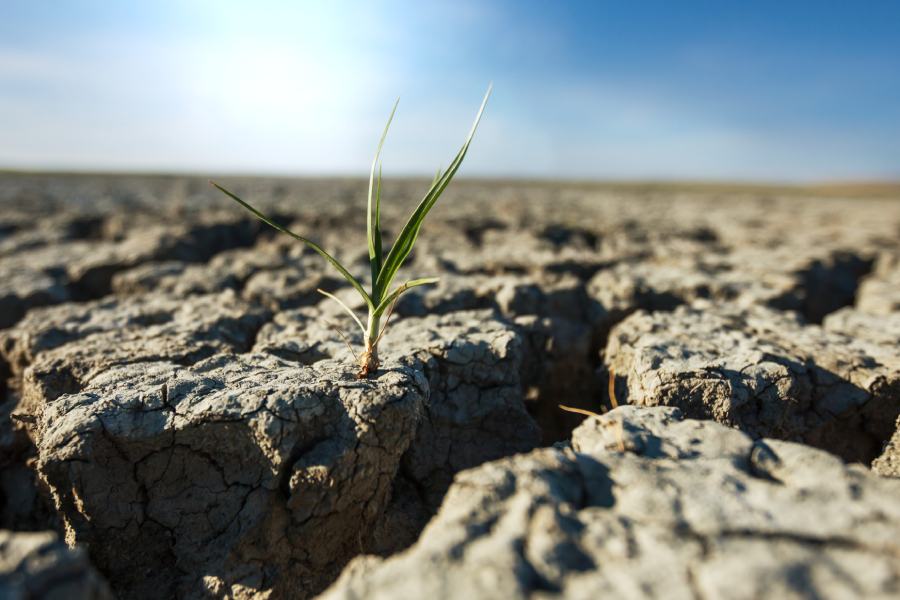Post-traumatic growth (PTG) refers to the positive psychological change experienced as a result of the struggle with highly challenging life circumstances. It is not merely about returning to a previous state (resilience) but involves significant personal transformation and growth.
Positive psychology focuses on the strengths and virtues that enable individuals and communities to thrive. Post Traumatic Growth fits within this framework as it highlights the potential for individuals to experience positive psychological changes and personal growth following traumatic events.
Find more information on what is trauma
PTG aligns with positive psychology’s emphasis on human flourishing, resilience, and the capacity to derive meaning and strength from adversity. By exploring how people can grow and develop in the aftermath of trauma, PTG contributes to the understanding of how positive psychological processes can promote well-being and fulfillment even in the face of significant challenges.
Richard Tedeschi, PhD, and Lawrence Calhoun, PhD in 1996 introduced the concept of post-traumatic growth. The article describes the concept of posttraumatic growth (PTG) as positive changes that result from struggling with highly challenging life crises. These changes can include a greater appreciation for life, more meaningful relationships, increased personal strength, changed priorities.
Although the term “post traumatic growth” is new, the idea that significant suffering can lead to substantial positive change is ancient. The authors propose a model for understanding PTG, emphasizing the role of individual characteristics, support, disclosure, and significant cognitive processing of the traumatic event. They suggest that PTG interacts with the development of life wisdom and one’s life narrative, highlighting that it is an ongoing process rather than a static outcome.

How Does It Occur?
Education: Achieving growth after trauma often involves rethinking your circumstances and challenging your beliefs and assumptions.
Emotional Regulation: Being in the right mindset is crucial for change, learning, growth, and adaptation following trauma. This involves managing negative emotions such as anger, fear, bitterness, and guilt, and moving past failures and losses.
Disclosure: This step involves discussing the traumatic experience and its effects with others. Sharing what you’ve been through and the struggles you’ve faced, both past and present, can help you reflect on and process the trauma.
Service: Helping others in your community can significantly aid in your recovery. This might involve supporting other trauma victims, working with organizations to prevent similar traumas, donating money, volunteering, or sharing your experiences to raise awareness.
Narrative Development: Reflecting on how the traumatic experience has influenced your life’s trajectory can be beneficial. Your story is unique, and harnessing its power can help you find meaning in your life and share it with others.

Also Check: Traumatic stress disorder
Benefits of Post Traumatic Growth
- Appreciation of Life: Trauma can make one more aware of life’s fragility and value. One may start noticing and cherishing things you once took for granted, and your priorities may shift towards finding joy in simpler aspects of life.
- Personal Strength: Surviving trauma can reveal inner reserves of courage, skills, resilience, and growth potential that you didn’t know you possessed. This newfound awareness can boost confidence and equip oneself better to face future challenges.
- Relationships with Others: The support received and given during times of crisis can strengthen bonds with friends, family, colleagues, or even new acquaintances. Going through a crisis together often deepens connections and fosters empathy.
- New Possibilities in Life: Trauma can prompt a reevaluation of environment, lifestyle, habits, and roles. It may challenge you to adapt, innovate, and explore new paths that align with your changed circumstances, giving you the courage to believe in your ability to succeed.
- Spiritual Change: Traumatic events often lead to questioning core beliefs and values, prompting reflection on life’s meaning and your role in it. This introspection can lead to spiritual growth and a deeper understanding of personal purpose.
These benefits illustrate how individuals can experience personal growth and positive transformation in various aspects of their lives following traumatic experience.
In order to reach the stage where one is able to experience the post traumatic growth, there are a few essential steps that need to be taken
- Acknowledge and Accept Emotions: Allowing oneself to acknowledge and accept and feel the emotions helps to express well. Acceptance is the first step toward healing.
- Seek Support: Engaging with supportive friends, family, or support groups. Professional help from therapists or counselors can also be crucial.
- Find Meaning: Reflecting on the trauma and trying to find personal meaning in the experience. This might involve journaling, talking with others, or engaging in spiritual practices.
- Set Goals: Identifying personal goals that align with your new perspectives and work towards them. These could be related to personal development, relationships, or career.
- Engage in Self-Care: Prioritizing self-care activities such as exercise, healthy eating, mindfulness, and sufficient rest.
- Stay Open to New Experiences: Embracing new opportunities and experiences that align with your growth. This might involve trying new hobbies, learning new skills, or taking on new challenges.
In conclusion, Post-Traumatic Growth (PTG) represents a profound journey of personal transformation and resilience in the aftermath of adversity. It highlights how individuals can not only survive but also thrive after experiencing significant trauma. PTG emphasizes that from the depths of hardship, individuals have the potential to emerge stronger, wiser, and more connected, illustrating the inherent human capacity for growth and adaptation in the face of life’s challenges.

